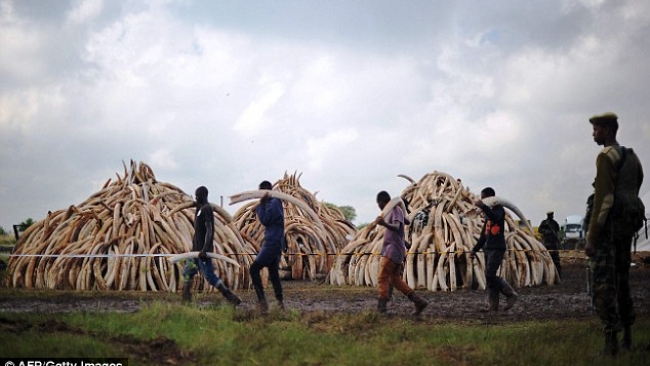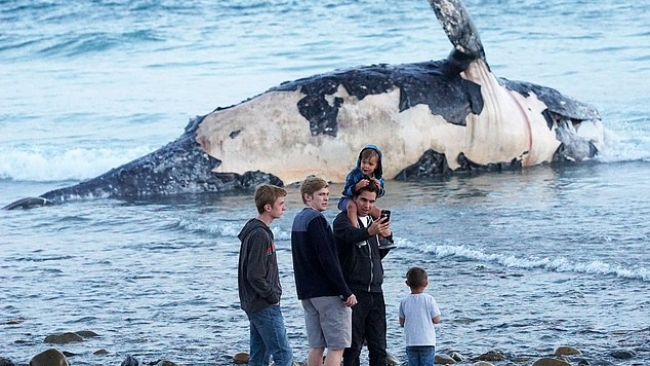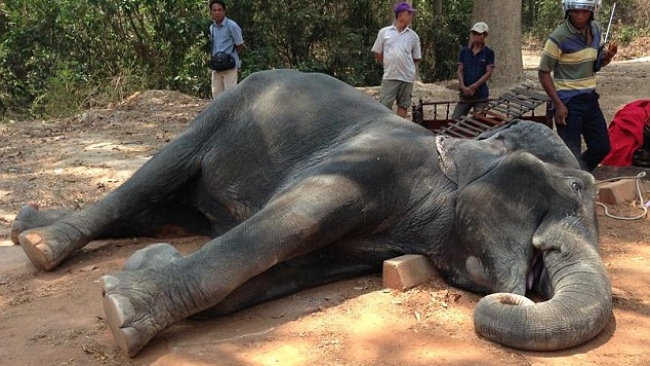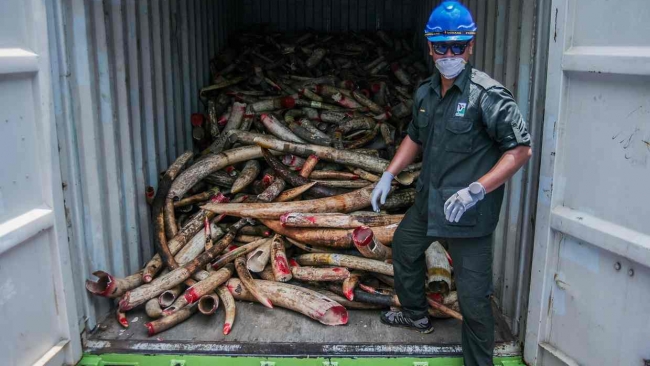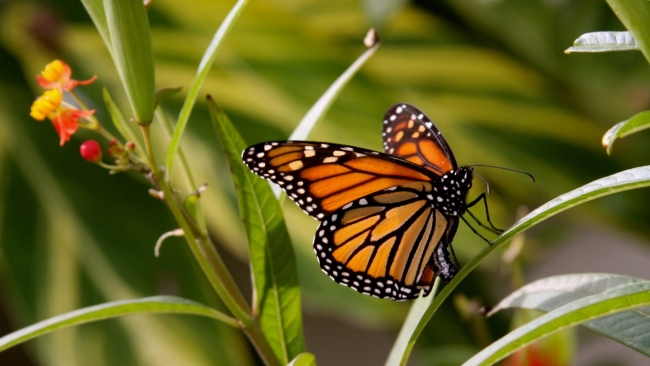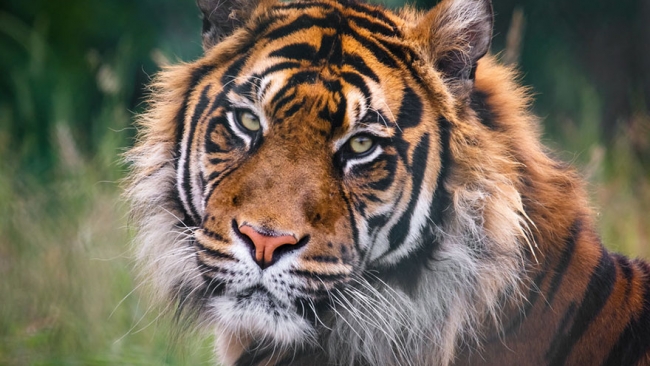Barbarity of Russian mink farms where thousands are slaughtered
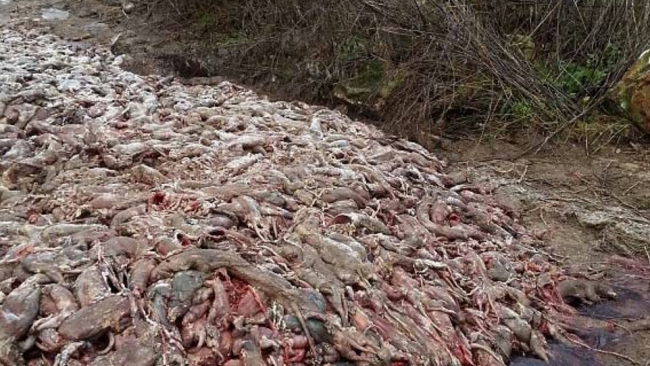
These disturbing pictures expose the macabre truth about the fur farms in Russia and China which supply the fashion market in the world's leading cities, including London, Paris and New York.
Across ten time zones, the images show the reality of mink and sable gulags - many set up during the harsh Communist past - where prized animals are bred for slaughter, bringing in millions of pounds to the Russian economy every single year.
An investigation by MailOnline also reveals the appalling conditions in which wild animals, including different types of fox, are captured and killed, from being skinned alive to being poisoned by the faeces in the air, and reveals the heartless farm owners who can't see beyond their profits.
And there are certainly profits to be made: a sable 'blanket' sold for a record-breaking $900,000 to a royal just a few years ago, while a coat at last year's Fendi show was rumoured to have a price tag of $1.2million.
But many would argue, whatever price, it is too high. Deeply shocking photographs show up to 1,000 skinned corpses of mink from animal farm Luzhskoye in the Leningrad region of western Russia. The stinking remains of the captive mink were found here close to Znamenka biological waste disposal facility in November last year by activists from VITA Animal Rights Centre of Russia.
They were left rotting on this pyre for at least three days, causing a health hazard, but such scenes barely register any shock in Russia, a country largely immune to Western raging against fur.
A hard-hitting statement from the animal rights organisation over these pictures warned: 'Mink given to a woman costs a lot. It costs thousands of roubles, thousands of screams, a ton of suffering and despair, kilometres of fur cleaned by human hands....'
In these fur farms the animals are condemned to 'a complete absence of activity, constant fear, no chance to hide'.
They 'jump from side to side for hours in their cages showing their despair.
'There is no single animal in a farm that has not gone insane or depressed. How much time could you live in a crate?
'Thirty per cent of animals die before they grow their winter coat that the fur industry is counting on.'
Activist Emiliya Nadin said: 'Foxes, mink, and raccoons live in small crates with metal nets instead of flooring which cuts their paws.
'The air they breathe is poisoned with their faeces.
'At the end of this hell animals will go through excruciating death. In most cases the murder is rushed in order to keep the fur and remove it more easily. As a result, the still breathing animal is skinned alive.'
A significant proportion of animals are caught in the wild, not bred on farms, and VITA say: 'If every woman wearing her fur coat could hear the scream of suffering and pain of the animal gnawing off its paw stuck in a trap, if she...saw how some animals are left disabled, it might not have been necessary to ask you to desist from wearing furs.'
There is deep concern over sable farms, where it has been reported animals have been killed by lethal injection of a drug banned in the West.
This is also a farm - set up in 1928 under Stalin - where up to 16,000 highly prized sable cubs died six year ago from starvation due to a lack of forage amid an ownership crisis which led to Vladimir Putin ordering a state takeover.
Yet today, despite Western protests, there are signs that the sable industry, of which Russia has a monopoly, is booming not declining, fuelled in part by illegal trading but also by a conscious Kremlin effort to expand fur as a money earner during the current economic crisis.
Natural Resources Minister Sergey Donskoy said recently: 'In 2015, sales of sable skins exceeded the limit of their production by 120 per cent.'
The farm in question is now back on its feet, with a total of 27,000 sables, including 15,800 cubs, yet conditions remain bleak, as they do in many ex-Soviet fur farms.
An account by a whistleblower here said lethal Dithylin, leading to an 'excruciating death' from a long, slow suffocation, was used at the farm, a famous fur farm where a highly sought-sfater new type of black sable was bred during the Soviet era.
'The drug paralyses muscles and the animal is slowly and painfully dying of suffocation while being fully conscious.
'In Russia, it is also used against homeless animals. The European Union banned the use of Dithylin. But it is cheap.'
An appeal by VITA to the Agriculture Ministry in Russia against the use of Dithylin brought the chilling official reply: 'The concept of cruelty is not accepted for fur farms.'
Source: Daily Mail
Thu 5 May 2016 at 07:29
